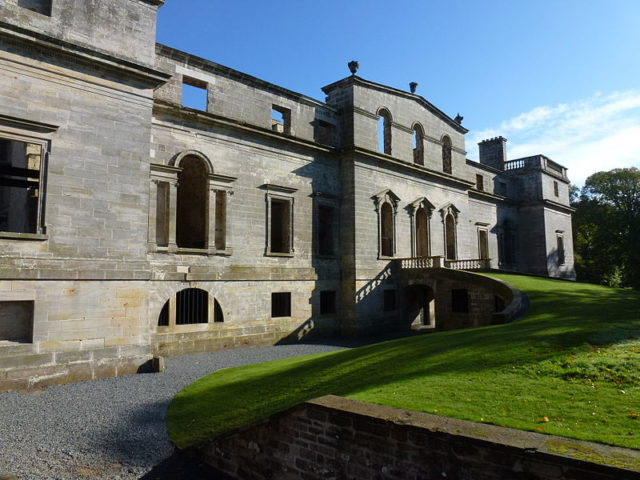Abandoned places and ghosts go hand in hand. Often, ghosts take the form of a female apparition: a “White Lady.” Penicuik House is said to have its own white-lady spook, who roams up and down the estate.
It is said that the ghost-lady was once a resident in the house. Eyewitnesses claim that she sports an impressive feather in her hat.
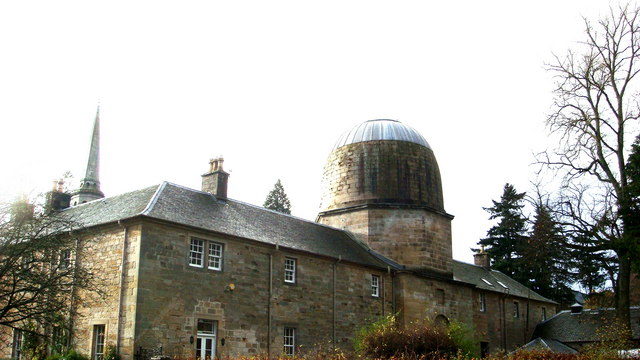
Whether these stories are true or untrue, it can still be said that Penicuik House has had its fair share of history before it reached its state of abandonment.
It took eight years to preserve the site. “Today, the house exists in a state of conserved ruination,” writes penicuikhouse.co.uk, “with a new Ranger Centre and Service in place to welcome visitors…”
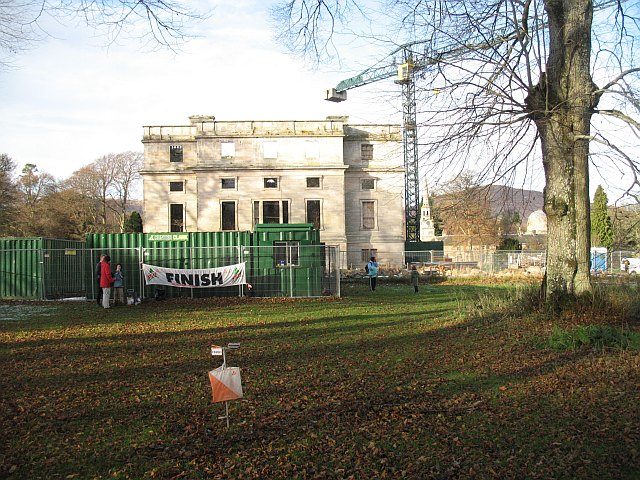
According to researchers, after being abandoned for over a hundred years, the end came for the property in 1899. A fierce fire destroyed everything that the Clerk family had worked hard to erect in 1761.
After the fire, due to problems with their insurance company, the costs of restoring the house were too great for the family to bear and so “the Clerk family converted the former stables nearby and moved there,” writes stravaiging.com.
The fire left the house without a roof: exposed to all of nature’s elements. Slowly, it decayed. On top of this, vandals visited the site and left their mark.
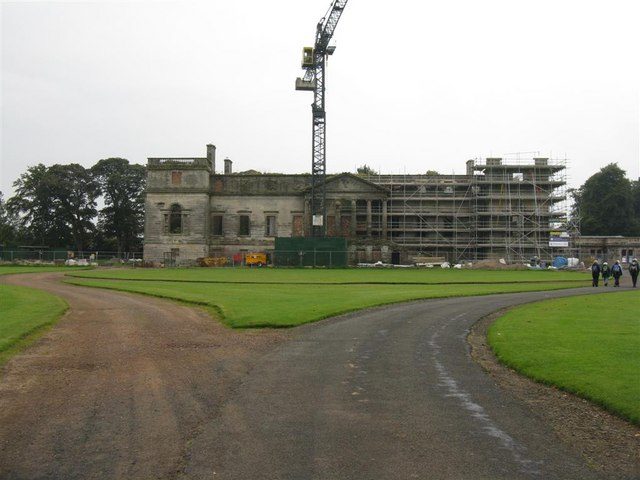
John Clerk was born in 1611 into the family of William Clerk. His luck was such that he managed to amass a great fortune, part of which he used to buy himself the estate.
But Penicuik House wasn’t erected until 115 years later, in 1761. James Clerk initiated the project. A highly-educated and well-traveled man, James knew exactly what kind of home he wanted. “The Clerks of Penicuik are a remarkable family” is the first sentence in The Clerks of Penicuik: Portraits of Taste & Talent, written by Iain Gordon Brown.
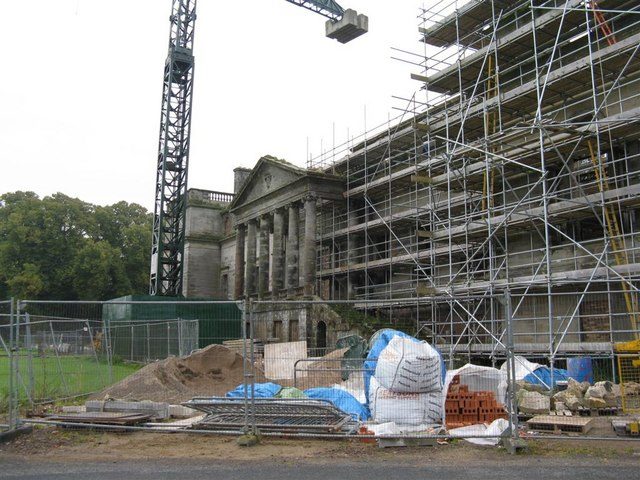
According to historichouses.org, James ended up constructing the “most influential example of Palladian architecture in Scotland.”
Penicuik House – named because of its location in the town of Penicuik, Scotland – is quite a site to witness even as a ruin. One can only imagine what it would be like to go back in time and walk through the site in its prime.
The main architect was Robert Adam, whose sister Susanna was married into the Clerk family. According to penicuikhouse.co.uk, “Sir James, 3rd Baronet, was a firm believer in symmetry, so Penicuik House was designed with two staircases of equal importance leading up from the front hall…”
The important status of the Clerk family was down to the successful merchant John Clerk. He was a fine art specialist. According to researchers, Sir James Clerk, 3rd Baronet of Penicuik, and his father gave the house the looks and character by which it is remembered.
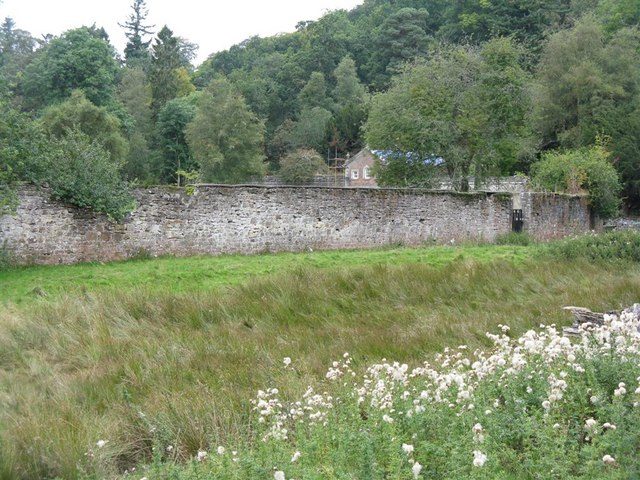
The house and estate never left the Clerk Family. Sir Robert Clerk, the 11th Baronet, now oversees the whole restoration project.
“The Clerk Family, headed today by Sir Robert Clerk, 11th Baronet, now manage Penicuik Estate and, in partnership with PHPT, oversee the running of the conserved ruin of Penicuik House and the restoration of the Designed Landscape,” writes penicuikhouse.co.uk.
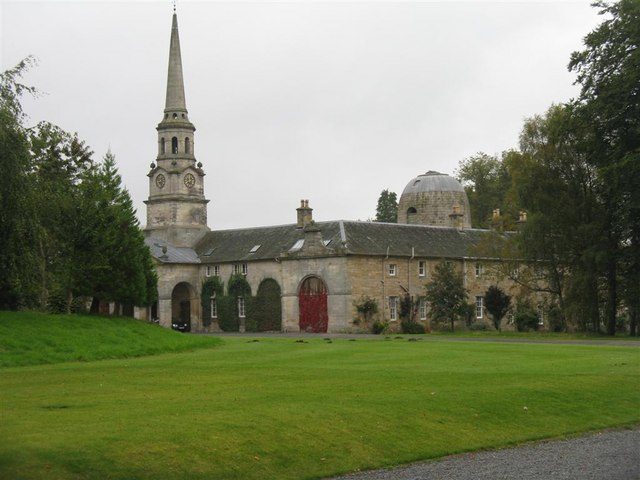
As decades passed, the property was embellished and became more and more of an impressive sight until June 16th, 1899, when the fire began and it became a mere shell.
The family salvaged everything they could, from pianos to portraits. The Penicuik House Preservation Trust was formed in 2006. Thanks to them, the story of the house endures.
